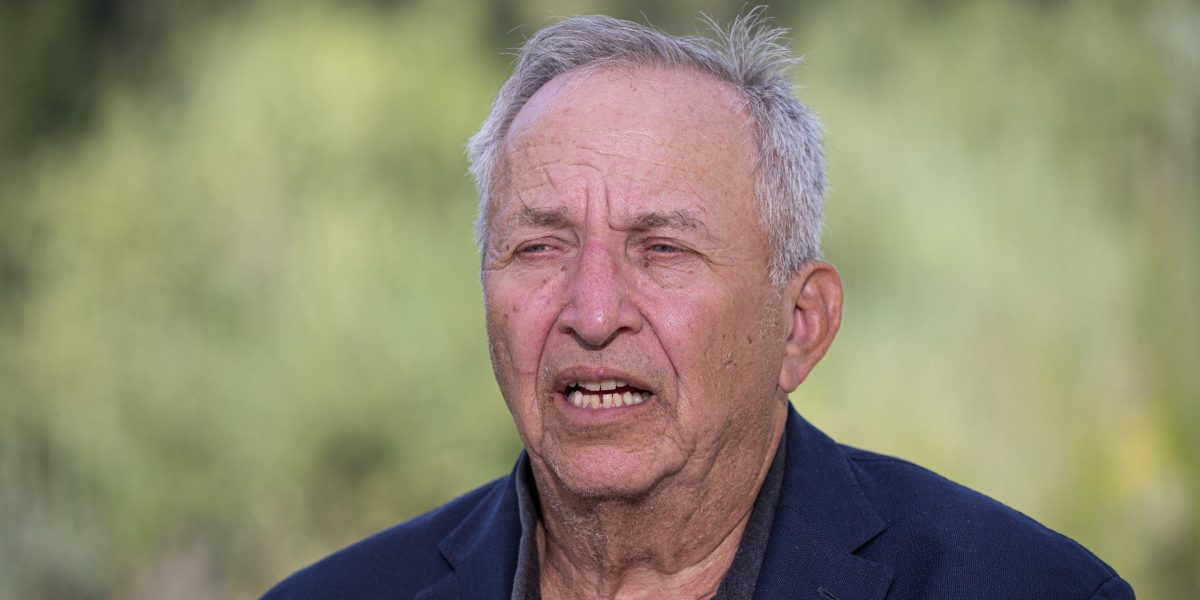Former Treasury Secretary Lawrence Summers said that, while the Federal Reserve hit a “low point” in its monetary policy history by failing to act quickly against the 2021 inflation surge, in the end it did enough to right the economy.
“I’ve got to give the Fed credit,” Summers said on Bloomberg Television’s Wall Street Week with David Westin on Friday. “While it wasn’t always obvious that this would be the case, they moved strongly enough and vigorously enough to keep expectations anchored” for inflation, he said.
Summers spoke shortly after Fed Chair Jerome Powell declared that “the time has come for policy to adjust” to cutting interest rates, now that consumer price increases have come down and upside risks have diminished, while dangers to employment have increased. Powell, at the annual Jackson Hole, Wyoming, economic forum, also noted that the initial call in the spring of 2021 that inflation would prove “transitory” proved incorrect later that year.
“It was a low point in terms of monetary policy judgment,” Summers, a Harvard University professor and paid contributor to Bloomberg TV, said of the Fed’s actions in 2021.
Policymakers went on to start hiking interest rates in March 2022, and engaged in the most aggressive tightening campaign since the early 1980s. The core measure of the Fed’s preferred inflation gauge, the PCE price index, which strips out food and energy costs, peaked at an annual rate of 5.6% in February 2022. In June 2024, it was 2.6%.
“We all make lots of mistakes — and the important thing is, when you make a mistake, to recognize it and fix it,” Summers said.
While the former Treasury chief said it’s now the “right thing to do” to cut rates at the Fed’s September meeting, he argued that “we need to be rather more cautious about the medium term outlook for monetary policy.”
Summers said he’d be surprised if the Fed is able to “bring interest rates down by nearly as much as the market is expecting over the next two years.” Derivatives markets reflect expectations for policymakers to lower their benchmark to around 3% in two years’ time. The current target range is 5.25% to 5.5%.
Referring to Fed policymakers’ estimate for their benchmark over the longer run, Summers said their sub-3% expectation remains too low. With large fiscal deficits and strong investment demand for the green economy and advanced technology putting pressure on borrowing costs, the so-called neutral interest rate is likely to be higher than in the past, according to Summers.
“I think the Fed’s making a serious mistake by believing that the neutral interest rate is so low, and therefore is misjudging how restrictive any given level of policy is,” he said. “And if you don’t have the right North Star, you don’t navigate very accurately.”
